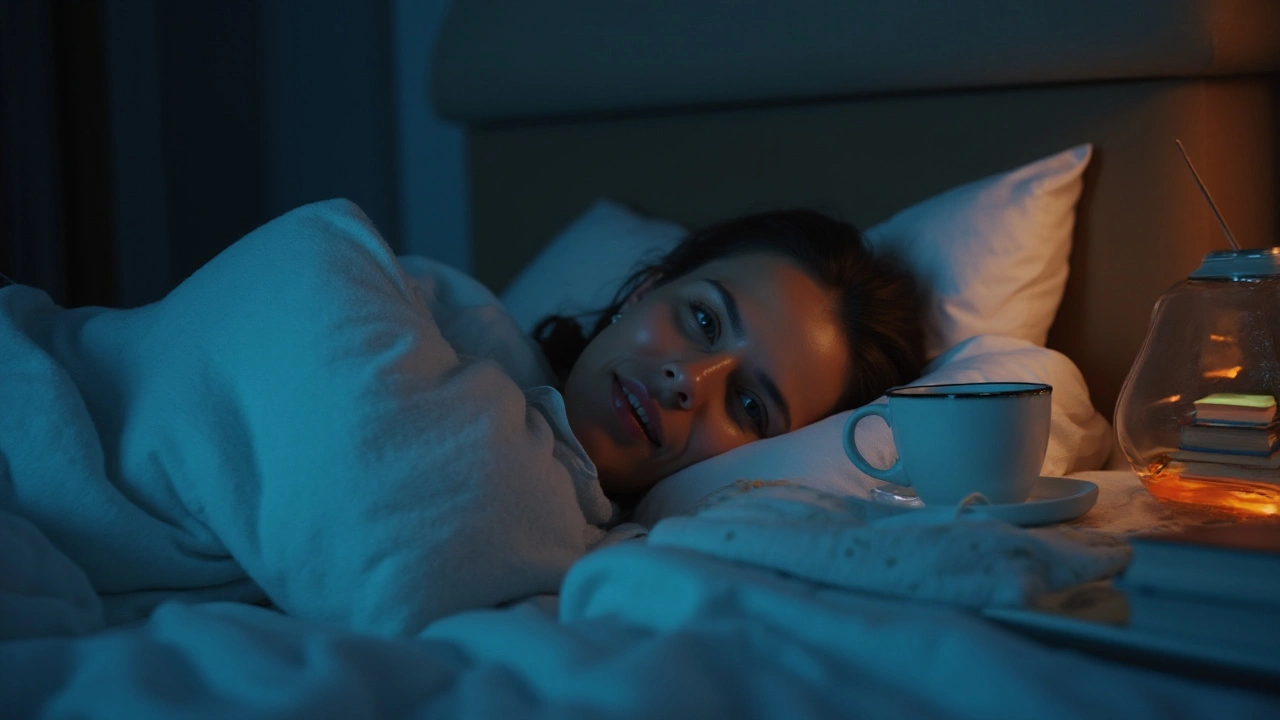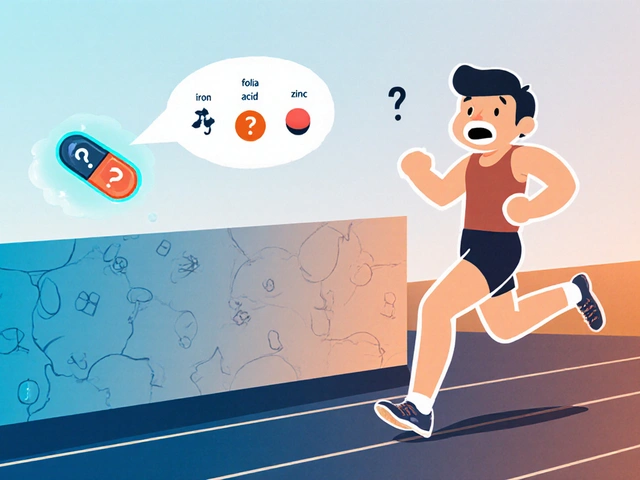Exploring the effectiveness of Ofloxacin in treating skin infections
May 6 2023Sleep Disorder: Practical Signs, Causes & What You Can Do
Having trouble sleeping isn't just annoying — it affects mood, concentration, and health. A "sleep disorder" covers many problems: trouble falling asleep, waking up a lot, snoring with pauses, restless legs, or sudden daytime sleep attacks. The good news: you can often improve sleep with clear steps and the right help.
Common signs and what they mean
Insomnia means you can't fall asleep or stay asleep. You might lie awake for hours or wake up too early. Sleep apnea shows up as loud snoring, gasping, or pauses while you sleep. Restless legs cause uncomfortable urges to move your legs, especially at night. Narcolepsy causes sudden sleep episodes during the day and can include muscle weakness with strong emotions. If you feel sleepy during routine tasks, make mistakes, or struggle to wake up, take it seriously.
Not all poor sleep is a disorder. Stress, shift work, jet lag, late caffeine, and poor sleep habits can ruin sleep without an underlying medical problem. Still, repeated nights of bad sleep deserve attention.
Practical fixes you can try tonight
Start with sleep hygiene. Go to bed and wake up at the same times every day, even weekends. Keep your bedroom dark, quiet, and cool. Remove screens or use a blue-light filter at least an hour before bed. Limit caffeine after mid-afternoon and avoid heavy meals or alcohol close to bedtime. Regular exercise helps sleep, but finish vigorous workouts at least three hours before bed.
Create a short wind-down routine: dim lights, read something light, practice slow breathing, or do gentle stretching. If you can't fall asleep in 20 minutes, get up and do a quiet activity until you feel sleepy — lying awake tends to make sleep worse.
Sleep restriction and stimulus control are simple behavioral tricks that help with insomnia. Cognitive Behavioral Therapy for Insomnia (CBT-I) is the most effective non-drug treatment — trained therapists teach techniques to break the cycle of worry and poor habits. Many clinics and online programs offer CBT-I.
For suspected sleep apnea, a home sleep test or clinic study can confirm it. Continuous Positive Airway Pressure (CPAP) is the standard treatment and works very well for most people. For restless legs, lifestyle changes, iron checks, and some medications help. Narcolepsy and other neurological sleep disorders need specialist care and often medications.
Short-term use of melatonin can help reset sleep timing, especially for shift work or jet lag. Prescription sleep medicines can be useful temporarily but carry risks and should be used under medical advice. Avoid mixing sedatives with alcohol or opioids.
See a doctor if you have loud choking or pauses in breathing, daytime sleep that affects safety, unexplained weight gain, or mood changes. Also get help if poor sleep is linked with chronic pain, breathing problems, or restless legs. A good first step is your primary care provider or a sleep clinic.
Sleep problems are common but treatable. Small habit changes often help, and effective medical treatments exist for specific disorders. If self-help doesn't clear things up in a few weeks, ask for professional testing and treatment. Better sleep is worth the effort.
 5 Sep
5 Sep
Experiencing and Overcoming Delayed Sleep Phase Syndrome: One Person's Journey
In this article, readers will follow a personal journey through Delayed Sleep Phase Syndrome (DSPS), a common but often misunderstood sleep disorder. The article provides insights into the condition, explores potential treatments, and offers practical tips for managing and overcoming DSPS. The goal is to offer hope and guidance to others who might be struggling with similar sleep challenges.
Read More...



